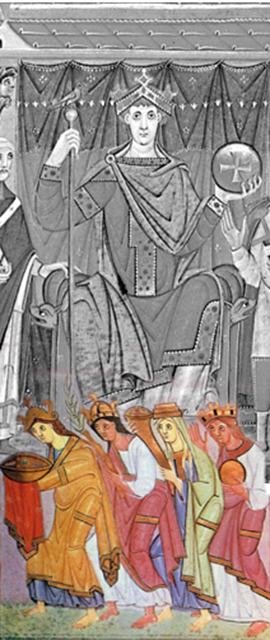Aristocracies between the Tides: Identity, Navigation and Power along the Adriatic Routes
In the aftermath of the barbarian invasions of the 6th and 7th c., the political unity of the Roman Adriatic was shattered. Barbarian identities quickly expanded in Italy and South-eastern Europe, while aristocracies associated to the empire shrank to costal enclaves, spreading as a leopard pattern along the shores of the main route in Dalmatia, Istria and North-eastern Italy. These aristocracies displayed anthroponomy, dignities, style echoing the ideal of the empire and making a difference with their close neighbours of the hinterland, who generally embraced barbarian identities. These aristocracies of imperial habits, notwithstanding their association with Rome and Byzantium, lacked a common name and other markers of traditional blueprints for social and ethnic classification: hence, historiography used to focus on single regions rather than on the entire Adriatic. In this given scenario, the close succession of Romans and barbarians was explained through models of conquest and resistance. This concept is now outdated, yet alternative explanatory models are still missing.
Due to their similarities in the base of social power, identity and habits, relationship with the empire, and bond to the Adriatic Sea, these aristocracies dwelling in seaports separated by many sea-miles should be investigated as an interconnected whole. It was communication, instead of common descent, that cemented identity. The aim of the project is to study the resources, identity and habits of these Adriatic aristocracies between 500 and 1000. The applicant will put the rich literary landscape of the early medieval Adriatic under scrutiny, but he will also consider numismatics and archaeology, nowadays greatly enriching the field.


![[Translate to English:] logo Aristocracies between the Tides](/fileadmin/Institute/imafo/img/forschung/HI/Projekte/logo-ABtT-web.png)